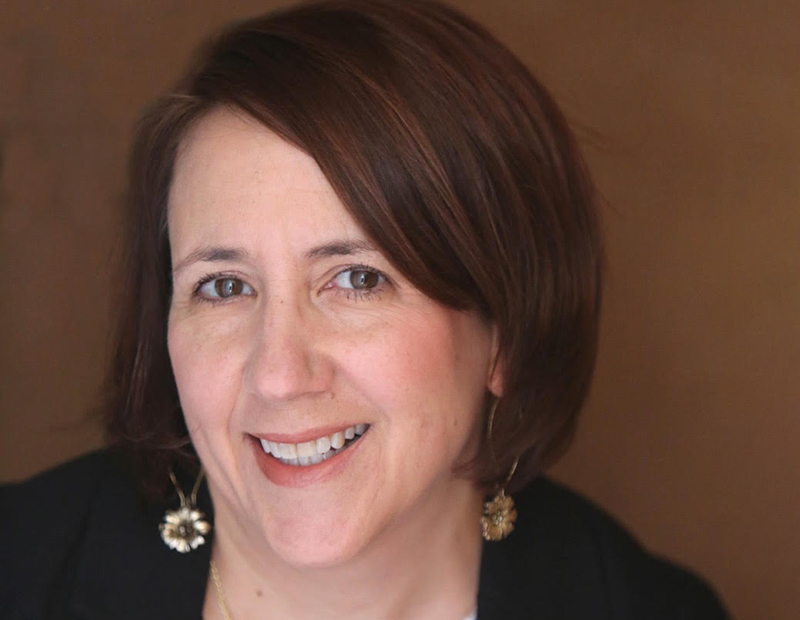Capital Ideas: How the Fed Is Helping Thaw the Freeze
With transactions expected to flow again this year, I asked Heitman's Mary Ludgin: Where will the best opportunities be?

The day after Fed Chair Jerome Powell appeared on “60 Minutes” to repeat his message that Federal Open Market Committee members are not ready to lower interest rates, the Dow fell 300 points. In commercial real estate, however, confidence was boosted by the Fed’s most recent announcement, particularly for those who may be waiting on the sidelines to invest.
That’s because, while Powell put off cutting rates for a later date, he also allayed concerns about a recession, citing GDP growth, a strong labor market and significantly reduced inflation. And that will facilitate CRE deals to start flowing again, according to Heitman‘s Mary Ludgin.
“Transactions will thaw in 2024, even if the Fed waits until June, because sentiment is improving,” Ludgin, senior advisor at Heitman and a member of the firm’s global investment and global management committees, told me this week.
On the other hand, if you are not an all-cash buyer or common-equity joint venture partner, the Fed’s decision to hold the federal funds rate at its current 23-year high of 5.5 percent would have been disheartening. “The levered buyers are not going to be helped,” Ludgin noted.
As a global investment manager with more than $50 billion AUM, Heitman will certainly be acquiring assets this year, and Ludgin sees numerous “interesting” opportunities to buy while remaining “defensive and selective.”
READ ALSO: DLA Piper Analyzed How Deals Changed in 2023
Opportunity knocks
Apartments in oversupplied markets like Nashville, Tenn., and Phoenix, for example, will offer investors the chance to buy new assets at a discount to replacement cost, she said. Demand is still strong in these locations, but the markets cannot absorb the new product fast enough.
Discounted buying opportunities will also flow from owners who are ready to “put out a fire” in one area of their portfolio, and from banks looking to shed REO assets. Last month, RXR and Ares announced a $1 billion fund to buy distressed Manhattan office space, and Ludgin expects that “there will be more such strategies that come forward.”
Ludgin also anticipates capital returning to major cities in 2024 as “cities are dead” talk quiets, and residents return to urban areas. “There are interesting opportunities in many gateway cities that got a bad name during COVID-19,” Ludgin observed. “It’s time to look again.”
Meanwhile, there will be increased opportunities in the industrial market related to the “deglobalization” of manufacturing and distribution by U.S., European and Asian companies—a trend made more urgent when Houthi rebels recently attacked container vessels and dry bulk carriers crossing the Red Sea.

Heitman also sees buying opportunities in retail—particularly grocery-anchored open-air centers, and in office, though Ludgin referred to office as real estate’s “most out-of-favor” sector.
“Out-of-favor sectors are always worth a look,” she commented. “We’re open for investments at a price that reflects the inherent risks in a sector where operations are being affected by tenant downsizings and where equity and debt capital are scarce.”
Neither retail and office are “dead,” Ludgin added, but each is experiencing its own rightsizing process.
Managing risk
Meanwhile, Heitman will continue to stress diversification on a number of levels as a hedge against risk. “I’ve been in the business 30-plus years, and it used to be just office and retail,” Ludgin recalled. “Now portfolios can have eight or 10 property types, including ones that are defensive in nature like MOB and self storage.”
Heitman’s clients will also spread their investments across multiple platforms. In addition to buying properties, debt investment will continue to be a “favored strategy” in 2024 in light of banks’ continued reluctance, and there will be opportunity in REITs which, she said, are “underpriced” as a sector.
In terms of geographic diversification, Heitman will advise U.S. clients to look abroad to increase exposure to different economic drivers while geopolitical turmoil in other parts of the world will bring increased foreign capital here.
Investors will also need to hedge against climate change and worsening weather events, she said, which are “starting to flow into CRE pro formas” due to the impacts on insurance costs as well as investor and tenant demand. “We saw it firsthand in our portfolios.”
Therefore, investors heavily focused on the Southwest would do well to look north as well. “Those investors need to look at the northern U.S. and Canada,” she said. “They are best positioned against climate change, not completely, but enough to make a difference.” Northern locales may also be better positioned for the transition away from fossil fuels.
In light of all her forward-looking optimism about investment, I wondered if Ludgin was concerned about CRE’s mounting loan maturity problem and the wide-ranging impacts it could have on the economy if the doomsayers are right. She told me she feels assured that a post-GFC U.S. banking system will withstand the situation but acknowledged that there will be some pain. “Where the pain is, is in the regional banks, and it will be a tough year for them,” she noted.
During the “60 Minutes” interview, Powell concurred that the Fed expects the fallout to be contained to smaller financial institutions, some of which will close or be “merged out of existence”: “We looked at the larger banks’ balance sheets, and it appears to be a manageable problem.” Let’s hope so!







You must be logged in to post a comment.